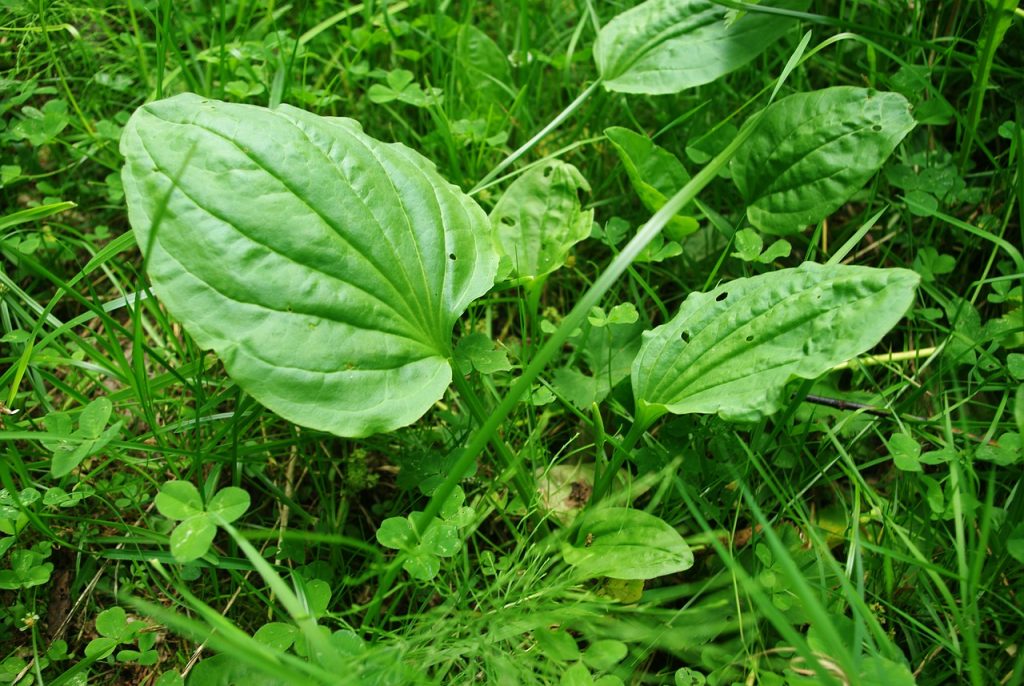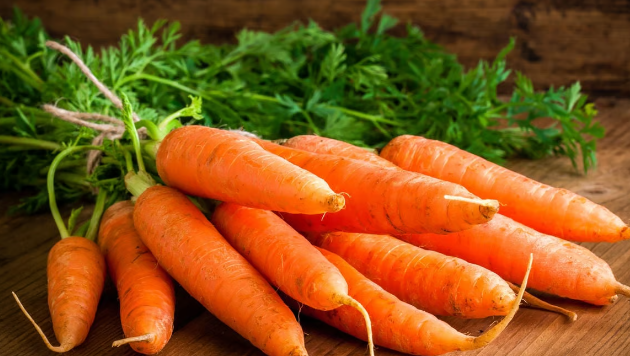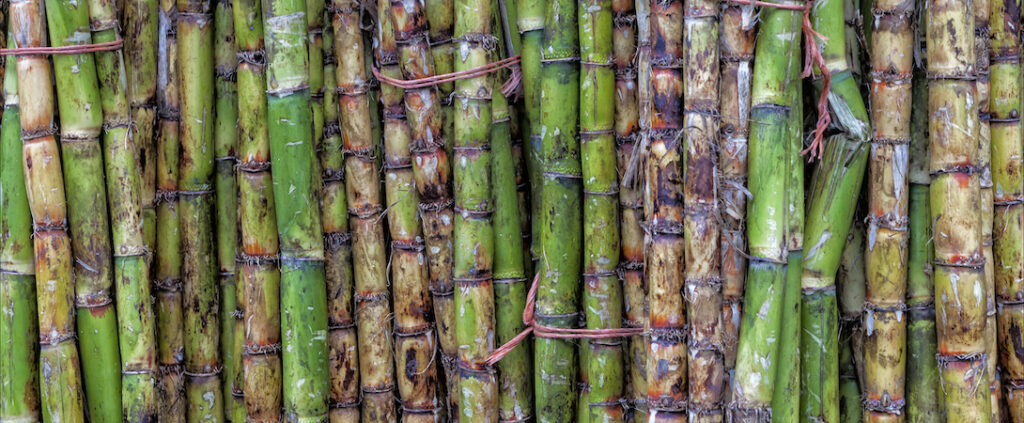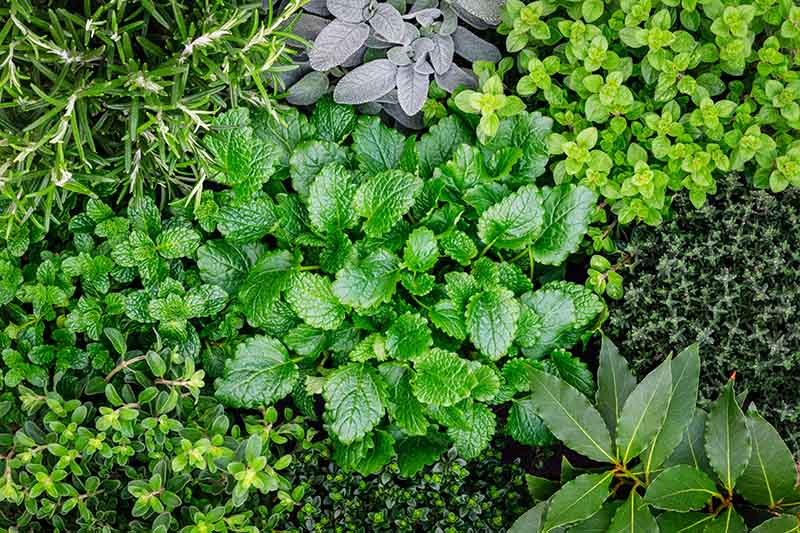If you grow your own veggies, or buy a lot of them from local markets, it’s really important to move them the right way. This keeps them fresh and safe to eat.
But how do you move these foods without letting them go bad? What should you do to keep your veggies fresh from the time they’re picked until they’re sold? In this post, we’ll talk about why it’s so necessary to transport veggies correctly. We’ll show you some of the best ways to pack and move them so they stay in good shape.
Table of Contents
- Why Should You Transport Fresh Vegetables Properly?
- How Can You Transport Fresh Vegetables to Keep Them Super Fresh?
- Step 1 – Pick the Best Container for Moving Your Veggies
- Step 2 – Pack Veggies So They Don’t Get Hurt or Bruised
- Step 3 – Make Sure Veggies Stay at Just the Right Temperature
- Step 4 – Keep Veggies Away from Anything That Might Make Them Ripen Faster
- Step 5 – Keep an Eye on Temperature and Humidity When Moving Vegetables
- Step 6 – Pick the Right Insulation and Ways to Keep Things Cool
- Step 7 – Make Sure Vegetables Stay Dry and Away From Water
- Step 8 – Be Gentle and Avoid Shaking Vegetables During Their Trip
- Step 9 – Deliver the Vegetables as Quickly as Possible
- Step 10 – Take Care When Unloading and Storing Vegetables
- What’s the Best Way to Package and Keep Fresh Vegetables?
- In Conclusion: The Best Way to Move Fresh Vegetables
Why Should You Transport Fresh Vegetables Properly?
Moving fresh veggies the right way is really important for many reasons:
- It keeps them in good condition, which stops food from going to waste and helps farmers and stores make money.
- It makes sure the veggies are safe to eat by keeping them at the right temperatures and handling them in a way that won’t let germs get on them.
- It uses up less fuel and makes fewer gas emissions, which is better for the planet.
Because of these reasons, it’s necessary to plan carefully and focus on every step when moving veggies. You have to be really careful to make sure the veggies get where they’re going without getting spoiled or dirty. Doing it the right way helps everyone: farmers can sell at good prices, stores can give customers great veggies, and people can be sure what they’re eating is safe.
In short, moving fresh veggies right is key for keeping them good, safe to eat, and being eco-friendly. Making sure the process goes well from start to finish is how you cut losses and make more money.
How Can You Transport Fresh Vegetables to Keep Them Super Fresh?
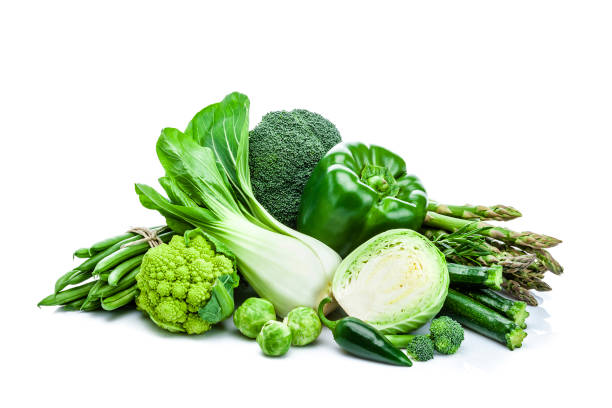
Step 1 – Pick the Best Container for Moving Your Veggies
Choosing the best container to move your veggies is an important first step. You want something strong, like plastic or thick cardboard, that will keep your veggies at the right temperature and safe from getting squished.
The container’s size and weight really matter too. If it’s too small, your veggies might get smashed together, but if it’s too big, it could be hard to move around and could even make the trip less green because it could use more fuel.
Think about the kind of veggies you have – like, leafy greens might need more air than root veggies. That could change what kind of container you should use.
Don’t forget to consider how far the veggies need to go and what the weather will be like on the way to pick the perfect container for your veggies.
Step 2 – Pack Veggies So They Don’t Get Hurt or Bruised
The next step is to pack your veggies in a way that keeps them from getting damaged or bruised. You can use things like foam or paper to cushion them and keep them from moving around too much during the trip.
It’s good to group similar types of veggies together. Keep leafy greens away from tougher root veggies since they’re more sensitive. Making sure you stack and layer the veggies well can also help prevent bruising.
Packing your veggies well is really important. You should use the right materials to cushion them, group similar veggies together, and stack them correctly to keep them safe during the trip.
Step 3 – Make Sure Veggies Stay at Just the Right Temperature
The third step is to keep your veggies at the proper temperature the whole time they’re moving. Veggies usually need to stay between 32 to 40°F to avoid going bad.
To keep your veggies cool, you might need a refrigerated truck or you could use dry ice or gel packs. It’s also important to check the temperature and humidity often to make sure everything is just right.
Keeping your veggies cool is super crucial. You should use methods like refrigerated trucks or cooling packs and keep an eye on the temperature and humidity all through the trip to make sure your veggies stay in top shape.
Step 4 – Keep Veggies Away from Anything That Might Make Them Ripen Faster
The fourth step is to keep your veggies separate from other things like certain fruits or goods that might release a gas called ethylene. Ethylene can make fruits and veggies ripen and go bad faster. So, keeping things that make ethylene gas away from your veggies can help them stay fresh longer.
It’s important to move your veggies away from any ethylene-producing items. This helps keep their quality high during the trip. Keeping these items apart slows down ripening, which means your veggies will last longer.
Step 5 – Keep an Eye on Temperature and Humidity When Moving Vegetables
When you move fresh vegetables, it’s very important to watch the temperature and humidity. Put sensors for temperature and humidity inside the container where the vegetables are. This helps make sure they stay just right all the way through their trip.
If the temperature or humidity gets too high or too low, you can fix it fast. This stops the vegetables from going bad or getting hurt.
Checking on the temperature and humidity while you move the vegetables keeps them fresh. If you see the levels change, do something to protect the vegetables from going bad or getting ruined.
Step 6 – Pick the Right Insulation and Ways to Keep Things Cool
Moving fresh vegetables carefully is key, and step six is about using the right insulation and ways to cool them. Insulation helps keep the vegetables at a good temperature, so they stay fresh while they move.
There are different ways to cool vegetables. You can use things like dry ice, gel packs, or containers that stay cold. Think about how long the trip is and what the weather is like outside to choose the best way to keep them cool.
It’s really important to use the right insulation and cooling techniques for moving fresh vegetables. This helps them stay at the perfect temperature all through their journey, keeping them fresh and good.
Step 7 – Make Sure Vegetables Stay Dry and Away From Water
The seventh important step for moving fresh vegetables is to keep them dry and away from water. If vegetables get wet, they won’t last as long and might get moldy or spoil.
Use things like silica gel to soak up moisture, and don’t pack the vegetables too tightly. Make sure the container they’re in doesn’t let water in to keep out rain or any other water.
To sum up, it’s really important to keep vegetables dry and free from water when you move them. This helps them last longer, taste better, and stay in good shape.
Step 8 – Be Gentle and Avoid Shaking Vegetables During Their Trip
Step eight in moving fresh vegetables safely is to handle them gently and keep them from shaking too much. Being too rough and shaking can hurt the vegetables, making them not last as long or look as good.
Use the right tools to pick up and put down the vegetables, and try to drive on smooth roads. This keeps them from getting shaken around too much.
Being gentle and avoiding shaking during the trip is very important to keep the vegetables in good quality. It helps them stay nice and fresh until they get where they’re going.
Step 9 – Deliver the Vegetables as Quickly as Possible
The ninth step in moving fresh vegetables is to get them to where they’re going really fast. Fresh vegetables can go bad quickly, so it’s important to move them fast to keep them fresh. Good planning for the trip can make it go faster and help vegetables stay fresh.
Getting vegetables to their destination quickly helps them stay fresh for as long as possible. A well-planned trip makes sure they don’t spend too much time on the road.
Step 10 – Take Care When Unloading and Storing Vegetables
It’s very important to unload and store fresh vegetables the right way when they get where they’re going. Handle them carefully, keep them at the right temperature and humidity, and check them to make sure they’re still good. If any vegetables are damaged or spoiled, throw them away.
Taking good care of vegetables when they arrive helps keep them fresh, tasty, and safe to eat. Make sure they’re taken off the truck and stored right to keep them in good shape.
What’s the Best Way to Package and Keep Fresh Vegetables?
The best ways to package and store fresh vegetables include:
- Make sure all the boxes and bags are clean before you put vegetables in them. This stops germs and other tiny things from getting on the vegetables.
- Pick the right kind of package for each kind of vegetable. Leafy greens need a strong container, but root vegetables can be a bit looser.
- Put vegetables in small amounts to keep them fresh and not squished.
- Label the packages with how to keep them so they’re treated right.
- Use cold trucks or ice to keep the vegetables cold while they move.
- When vegetables get where they’re going, put them away fast to keep them from getting dirty and make them last longer.
- Keep fruits that make a gas called ethylene away from vegetables. This gas can make vegetables rot faster.
- Put each kind of vegetable in the temperature and wetness it likes best.
- Use the oldest vegetables first to waste less food.
- Keep track of all the vegetables you have, and know when they need to be used so none go bad.
By doing things the right way when you package and store vegetables, you help them stay good and safe to eat for longer.
Good packaging stops vegetables from getting hurt while they’re shipped, moved, and stored. Keeping them separate from other kinds of food, checking them often, and other tips help keep them fresh.
Following these good steps for packing and storing fresh vegetables keeps them fresh and good to eat for as long as possible.
In Conclusion: The Best Way to Move Fresh Vegetables
When you need to move fresh vegetables, you have to plan carefully and be smart about it. Using the right packages, keeping the vegetables cool, and using good tools for moving them can help keep them in great shape until they get to their new home.
If you do all the things we talked about, you can make sure your vegetables get there looking good and safe to eat.
